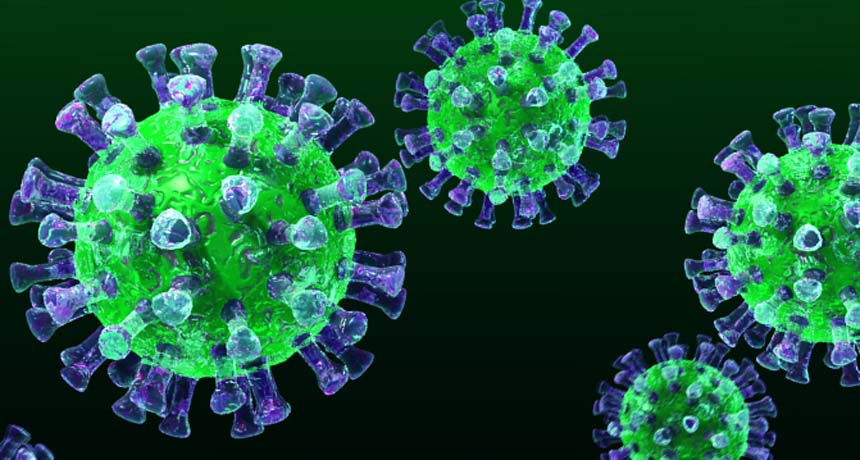MERS virus didn’t morph in its move to South Korea

The MERS virus (illustrated) is spreading fast in South Korea, but not because the virus has changed.
Scinceside/Wikimedia Commons (CC BY-SA 3.0)

The MERS virus (illustrated) is spreading fast in South Korea, but not because the virus has changed.
Scinceside/Wikimedia Commons (CC BY-SA 3.0)